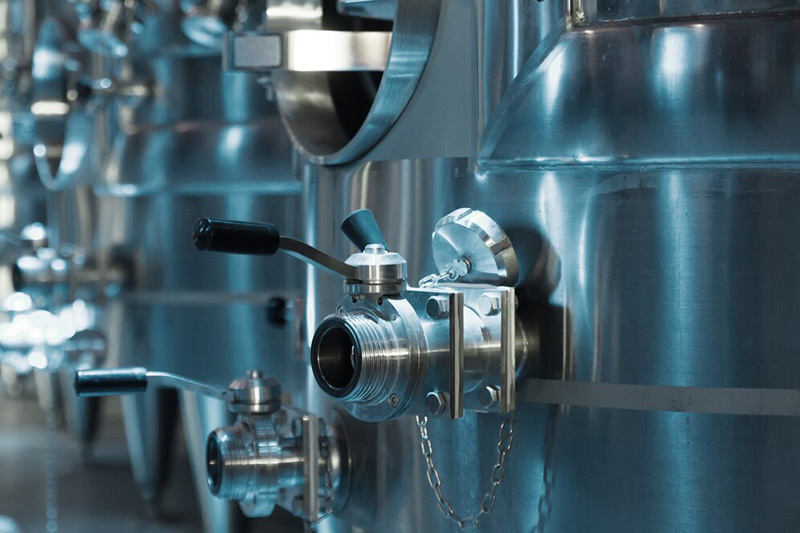Demystifying Reverse Osmosis: Common Questions Answered
Introduction to Reverse Osmosis Systems
Have you ever wondered just how clean your drinking water really is? Well, if you’re like many folks out there, you’ve probably heard of reverse osmosis systems (反渗透系统) as a solution. But what exactly is it? Let’s break things down and answer some of the common questions surrounding these innovative water purification systems!
What is Reverse Osmosis?
Alright, let’s get technical for a moment! Reverse osmosis (RO) is a process that uses a semi-permeable membrane to remove ions, molecules, and larger particles from drinking water. In simpler terms, it’s like having a super filter that only lets the good stuff through!
How Does It Work?
Picture this: you have a glass of saltwater. If you put a membrane between the saltwater and fresh water, the water will naturally want to move to the side with less concentration (the fresh water). This natural movement is called osmosis. Now, reverse osmosis flips that idea on its head; it uses pressure to push water through the membrane, leaving behind all the nasty contaminants. Neat, huh?
Common Questions About Reverse Osmosis Systems
1. What Contaminants Can RO Remove?
Great question! Reverse osmosis systems are champs at filtering out a wide range of contaminants, including:
- Chlorine
- Fluoride
- Lead
- Arsenic
- PFAS (forever chemicals)
- Microorganisms like bacteria and viruses
So, if you’re worried about what might be lurking in your tap water, RO can give you peace of mind.
2. Is It Worth the Investment?
Some folks might raise an eyebrow at the cost. Sure, reverse osmosis systems can be a bit pricey upfront, but think about it: you’re investing in your health! Plus, the cost per gallon of purified water is way cheaper than buying bottled water in the long run. Talk about a win-win!
3. How Much Water Does It Waste?
Here’s the kicker: RO systems do waste some water in the filtration process. Typically, they can waste 3 gallons for every gallon of purified water. However, many modern systems are improving efficiency, and you can even find models that waste less than 1 gallon for every gallon produced. It’s all about finding the right system for your needs!
4. Maintenance and Upkeep
Let’s face it: no one enjoys cleaning! But maintaining your reverse osmosis system isn’t all that daunting. Generally, you’ll need to change the filters every 6 to 12 months, depending on usage. Some systems even come with handy indicators to let you know when it’s time for a change. Easy peasy!
5. Does RO Water Taste Different?
Here’s where things can get a bit subjective. Many people actually prefer the taste of RO water since it’s free of contaminants. However, some also feel it might taste “flat” due to the lack of minerals. But hey, if you’re after pure, refreshing water, RO is where it’s at!
Conclusion: Is RO Right for You?
So, is a reverse osmosis system (反渗透系统) right for you? If you’re concerned about water quality and want to ensure you’re drinking the cleanest possible water, it might just be time to consider one. With all the benefits and answers to common questions, you’re now better equipped to make an informed decision. Cheers to clean water!






